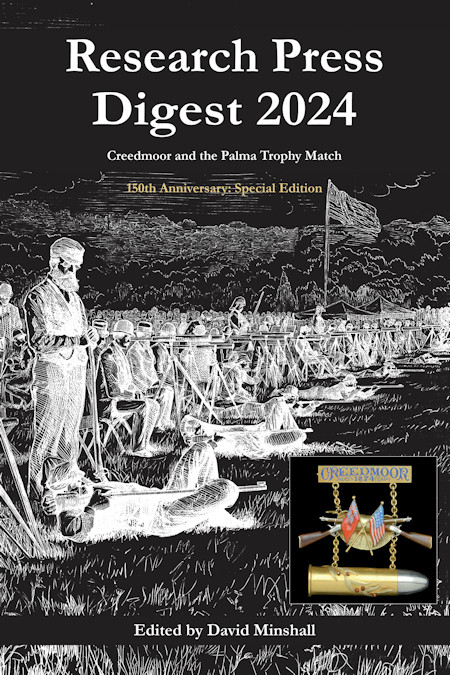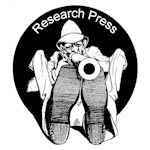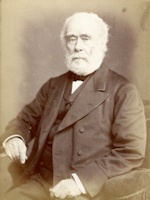These pages are dedicated to the memory of
William (Bill) Scott Curtis
(1931-2021)
Research Press manages two facebook groups that may be of interest to readers
 Research Press Digest
Research Press Digest
Amazon

Joseph Whitworth, Manchester, England
 >> CONTENT NOW MOVED TO RESEARCHPRESS.UK <<
>> CONTENT NOW MOVED TO RESEARCHPRESS.UK <<
The Whitworth Research Project originated with De Witt Bailey and Bill Curtis for the study of Whitworth rifles and artillery. David Minshall of Research Press is continuing this study and has been given access the original project database and other files.
Approached in 1854 by Lord Hardinge to investigate 'the mechanical principles applicable in the construction of an efficient weapon,' Whitworth's experiments revolutionised rifle design.
- The Whitworth Rifle: A Brief Introduction - Introductary history of the hexagonally bored Whitworth rifle.
- The Whitworth Rifle - A short article describing the merits of the Whitworth as a military rifle, and urging adoption by the War Department [1860].
- Rival Rifles - Whitworth and Rigby rifles vie for selection for the Queen's Prize match in 1865.
- Sir Joseph Whitworth, Bart. - A memoir published in 'The National Portrait Gallery' [1878].
- The Mechanical Genius and Works of the late Sir Joseph Whitworth - Tribute to the memory of Joseph Whitworth read at a late meeting of the Engineers’ Club of Philadelphia [1887].
- Interment of Sir Joseph Whitworth, Bart. - Contemporary report of the interment Sir Joseph Whitworth [1887].
- The Grave of Sir Joseph Whitworth - at St. Helen's, Darley Dale, Derbyshire
- Monument To Sir Joseph Whitworth - Manchester Courier, 3 September 1894